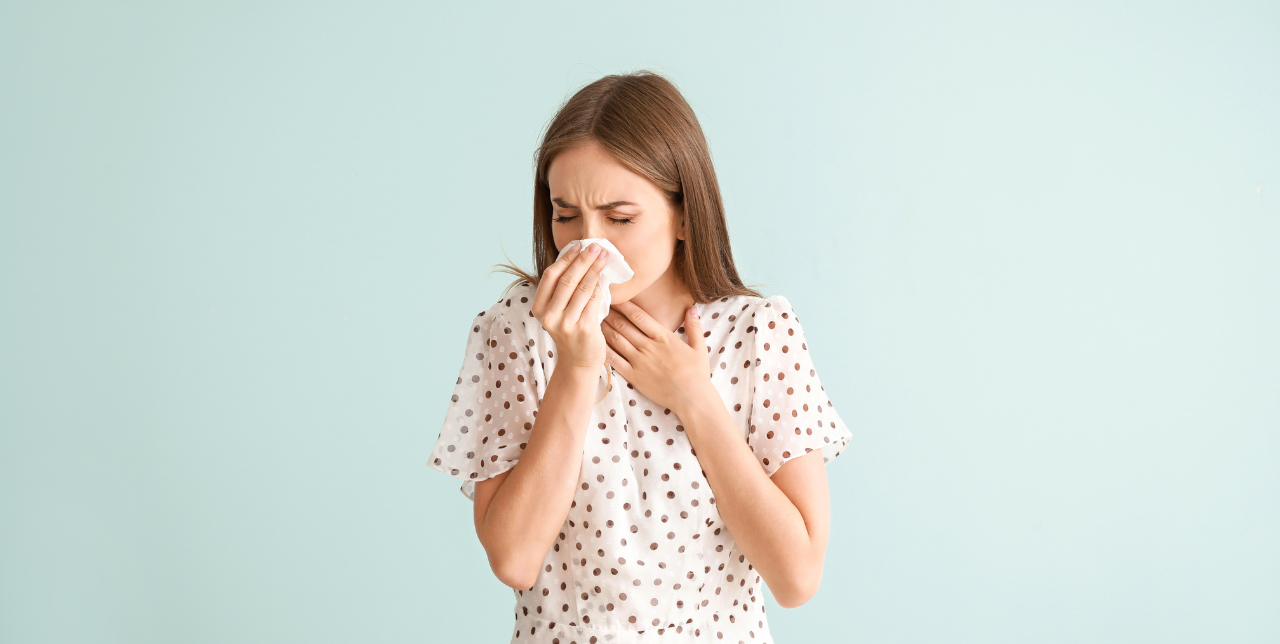CBD allergies are uncommon and pretty much inoffensive. However, some people might experience them and can cause some inconveniences. Understanding CBD allergies, spotting their symptoms, and knowing how to minimize side effects can help you enjoy CBD safely.
What Are CBD Allergies?
CBD allergies occur when the body’s immune system reacts to CBD as a harmful substance. These reactions, while rare, can trigger a range of symptoms. Knowing the signs and how to handle them is crucial.
Common Symptoms of CBD Allergies
Allergic reactions to CBD can manifest in various ways. Some common symptoms include:
- Skin Reactions: Itchy skin, rashes, or hives may appear after using CBD topicals or consuming CBD orally.
- Respiratory Issues: Sneezing, runny nose, or even asthma-like symptoms can occur.
- Digestive Problems: Nausea, vomiting, or diarrhea might indicate an allergy.
- Eye Irritation: Red, itchy, or watery eyes can be a sign of CBD allergies.
Recognizing these symptoms early can prevent more severe reactions. If you experience any of these symptoms, stop using CBD and consult a healthcare professional.
How to Spot CBD Allergies
Spotting CBD allergies requires attention to how your body reacts after using CBD. Here are some steps to help identify an allergy:
- Keep a Journal: Track your CBD usage and any symptoms that occur. Note the time, type of CBD product, and any other factors that might influence your reaction.
- Start Slow: Begin with a small dose of CBD and gradually increase it. This method helps identify any adverse reactions at a lower, more manageable level.
- Consider an Allergy Test: If you suspect a CBD allergy, consult with an allergist. They can perform tests to confirm if CBD is the culprit.
Minimizing Side Effects
Experiencing CBD allergies doesn’t mean you must avoid CBD entirely. There are ways to minimize side effects and still enjoy the benefits of CBD.
1. Choose High-Quality Products
Low-quality CBD products may contain contaminants that trigger allergies. Always choose high-quality, lab-tested products from reputable brands. Look for products with third-party lab results to ensure purity and safety.
2. Opt for Isolate
CBD isolate contains only CBD, without other cannabinoids or terpenes that could cause allergies. If you’re sensitive to full-spectrum or broad-spectrum CBD, try using isolate instead.
3. Use Topicals Cautiously
Topical CBD products can cause skin reactions in some people. Test a small amount on a patch of skin before applying it more broadly. If you notice redness, itching, or swelling, discontinue use immediately.
4. Monitor Dosage
Sometimes, lower doses of CBD can reduce the risk of allergic reactions. Monitor your dosage and stick to the minimum effective amount. This approach helps mitigate the risk of side effects.
5. Stay Hydrated
Drinking plenty of water can help flush out allergens from your system. Staying hydrated supports your body in dealing with allergic reactions and minimizes the impact of symptoms.
When to Seek Medical Attention
If you experience severe symptoms such as difficulty breathing, swelling of the face or throat, or a rapid heartbeat, seek medical attention immediately. These symptoms could indicate a severe allergic reaction known as anaphylaxis, which requires urgent care.
Conclusion
CBD allergies, though very uncommon, can occur and cause discomfort. However, they are not typically dangerous. Knowing how to spot them and minimize side effects can help you enjoy the benefits of CBD without unnecessary risks. Always choose high-quality products, consider using CBD isolate, and monitor your dosage. If you experience any symptoms, consult with a healthcare professional to ensure your safety.
For more information on CBD allergies and how to manage them, check out these resources:

